
8 Best Mountains for Hiking
Japan is famous for its diverse and scenic mountain ranges, making it a paradise for hiking enthusiasts. From challenging climbs with sweeping vistas to gentle trails filled with natural beauty, there’s a perfect hiking mountain for everyone. Here are eight of the best mountains for hiking in Japan, each offering unique landscapes, cultural significance, and incredible experiences for hikers.
Contents
1. Mount Fuji (Shizuoka and Yamanashi)
2. Mount Kita-dake (Yamanashi)
4. Mount Yari-ga-take (Nagano and Gifu)
5. Mount Ontake (Nagano and Gifu)
1. Mount Fuji (Shizuoka and Yamanashi)
Mount Fuji, Japan's tallest and most iconic mountain, stands at 3,776 meters and is located on the border between Shizuoka and Yamanashi prefectures. Known worldwide for its beautiful symmetry, hiking Mount Fuji is an unforgettable experience, especially if you aim to reach the summit to watch the sunrise, known as "Goraiko." The official climbing season is from early July to early September, and the Yoshida Trail is the most popular route, with several stations along the way. While it’s a challenging climb due to the altitude and steepness, the breathtaking view from the top makes it worth every step.
On the Yoshida Trail, the stations provide basic rest facilities, water, and snacks. Many hikers begin the climb at night to reach the summit by dawn, a practice known as “bullet climbing.” However, it’s best to hike over two days, stopping at a mountain hut for a night’s rest to prevent altitude sickness. Fuji is a UNESCO World Heritage Site, and the sense of accomplishment on reaching the top is amplified by the incredible view stretching across Japan’s islands.
2. Mount Kita-dake (Yamanashi)
Located in Yamanashi Prefecture in the Southern Japanese Alps, Mount Kita-dake is Japan's second-highest mountain, towering at 3,193 meters. Known for its rugged beauty, this mountain is a hiker’s paradise, offering stunning panoramic views that rival Mount Fuji. The trek to the summit is challenging, usually requiring two days to complete, with an overnight stay at one of the mountain huts. The hike includes a mix of dense forests, rocky paths, and alpine vegetation, making it a rewarding adventure for experienced hikers looking to explore Japan’s wild landscapes.
The trail begins with a gentle ascent through lush forests, gradually giving way to steeper, rockier terrain as you approach the summit. The vegetation thins as the altitude increases, revealing expansive views of the surrounding peaks. From the summit, on a clear day, hikers can enjoy a sweeping vista that includes Mount Fuji to the south and the rest of the Southern Alps stretching into the distance. This mountain is often less crowded than Fuji, offering a more secluded and peaceful experience in nature.
3. Mount Sanbe (Shimane)
Located in Shimane Prefecture in the San'in region of western Honshu, Mount Sanbe offers a gentler hike, making it ideal for beginner to intermediate hikers. This dormant volcano has multiple trails, each providing a different experience of its varied terrain, which includes lush forests, volcanic landscapes, and scenic viewpoints. One of the highlights is the summit of Osanbe Peak, where hikers are treated to views of the Sea of Japan on clear days. Known for its natural hot springs nearby, Mount Sanbe is perfect for a relaxing hike combined with a post-hike soak.
The most popular trail, known as the Sanbe-san Trail, starts from the Visitor Center and meanders through thick forests with occasional open views. During spring and autumn, the trail bursts into color with blooming wildflowers and vibrant foliage, respectively. There are also several volcanic craters on the mountain, a reminder of Sanbe’s geological past, adding to its uniqueness. After descending, nearby hot springs are perfect for unwinding and rejuvenating weary muscles.
4. Mount Yari-ga-take (Nagano and Gifu)
Mount Yari-ga-take, also known as the “Matterhorn of Japan,” is located on the border of Nagano and Gifu prefectures in the Northern Japanese Alps and reaches a height of 3,180 meters. Famous for its sharp, spear-like peak, this mountain attracts experienced hikers and climbers. The ascent includes some technical sections with chains and ladders, so it’s recommended for those with good stamina and some climbing experience. The reward is a spectacular summit view and a true sense of adventure. The Kamikochi-Yarigatake route is the most popular and typically requires a two-day trek with an overnight stay at a mountain hut.
The adventure to Yari-ga-take begins at the Kamikochi Valley, a scenic area surrounded by mountains, forests, and rivers. As you ascend, the landscape transforms, with narrow ridges and sheer drops providing both thrilling and scenic vistas. This mountain is a favorite for hikers looking to push their limits while enjoying some of Japan’s most rugged mountain views. At the summit, climbers are greeted with an incredible 360-degree panorama, making the effort and challenges along the way well worth it.
5. Mount Ontake (Nagano and Gifu)
Mount Ontake, standing at 3,067 meters, is Japan's second-highest volcano, straddling Nagano and Gifu prefectures. As a sacred mountain for Japanese pilgrims, Ontake offers both a spiritual and natural hiking experience, with shrines and religious artifacts along the trails. The Kiso-Ontake Trail is popular, winding through forests, waterfalls, and rocky terrain. A chairlift can take hikers partway up the mountain, making it accessible for different fitness levels. Hiking Mount Ontake gives you not only scenic views but also a glimpse into Japan’s deep spiritual connection with nature.
Along the way, hikers can visit multiple small shrines and prayer spots, and in summer, the mountain hosts thousands of pilgrims, many dressed in white, walking these sacred paths. The atmosphere on Mount Ontake is one of reverence and respect, and visitors often comment on the serenity that pervades the entire hike. The panoramic views from the summit stretch across the Kiso Valley and include glimpses of the surrounding peaks, creating a truly serene and memorable experience.
6. Mount Sanjo-ga-take (Nara)
Mount Sanjo-ga-take, located in Nara Prefecture in the Omine Mountain Range, is a UNESCO World Heritage Site known for its sacred pilgrimage trails. This mountain, standing at 1,719 meters, is part of the Kumano Kodo pilgrimage routes and is especially popular among those seeking both spiritual and physical renewal. The trail to the summit is steep and challenging but offers impressive views of the surrounding forests and valleys. It’s recommended to combine this hike with a visit to the nearby Yoshino region, famous for its cherry blossoms and scenic beauty.
Sanjo-ga-take is one of the most important sites in Japan for practitioners of Shugendo, a syncretic faith combining Buddhism, Shinto, and Taoism. Throughout the trail, hikers encounter religious symbols, statues, and prayer markers, adding a deep sense of spirituality to the climb. The trail is known for its steep sections, including some chains to assist hikers. Upon reaching the summit, you are rewarded with views across the Kumano Mountains, making it a fulfilling hike for both body and soul.
7. Mount Shiomi-dake (Shizuoka)
Part of the Akaishi Mountains in Shizuoka Prefecture in the Southern Alps, Mount Shiomi-dake is known for its rugged trails and breathtaking scenery. Standing at 3,052 meters, the mountain offers a challenging hike with various alpine plants, rocky paths, and steep inclines. The view from the summit includes a fantastic vista of Mount Fuji and other nearby peaks. Shiomi-dake is ideal for seasoned hikers looking for a remote and rewarding trek that showcases Japan’s pristine natural beauty. It usually takes two days to hike, with a stay at a mountain hut along the way.
Shiomi-dake’s trails are often less crowded than other popular peaks, allowing hikers to experience the tranquility and solitude of Japan’s less-traveled routes. The approach includes rugged ridgelines, boulder fields, and a diverse array of flora and fauna. Overnight accommodations at a mountain hut near the summit allow hikers to rest and enjoy the incredible star-lit night skies before completing their descent the next day.
8. Mount Takao (Tokyo)
Mount Takao, located in Tokyo, is one of Japan’s most accessible mountains and a favorite day-trip destination for both locals and tourists. Standing at 599 meters, it offers a range of trails suitable for all skill levels, with a cable car option for those who prefer a less strenuous ascent. The main trail passes through lush forests and leads to the Yakuoin Temple, offering a cultural experience along with the natural beauty. From the summit, hikers can enjoy views of Tokyo, and on clear days, even catch a glimpse of Mount Fuji.
For a full experience, hikers can explore various trails, from the popular paved Trail 1 to the more secluded and challenging Trail 6. Each route provides its own unique scenery, such as waterfalls, viewpoints, and lush forested paths. Takao’s accessibility and the diverse features make it an ideal spot for hikers, families, and nature enthusiasts looking to escape Tokyo’s bustling cityscape for a few hours.
Each of these mountains offers a unique hiking experience, from the iconic views of Mount Fuji to the spiritual paths of Mount Ontake. Whether you’re a seasoned hiker or a beginner, Japan’s mountains promise unforgettable adventures surrounded by stunning landscapes and rich cultural heritage. Plan your trek, prepare well, and enjoy the beauty of Japan’s great outdoors!
Share
You may also like
-

Visiting Japan’s Love Hotel Districts: What to Expect
Japan’s love hotel districts are famous for their unique and fascinating blend of privacy, creativity, and a touch of...
-

Top 10 Late-Night Dining Spots in Tokyo’s 24-Hour Cafes
Tokyo’s vibrant nightlife extends well beyond bars and nightclubs, with a thriving late-night dining culture tha...
-

Best Night Tours in Tokyo for After-Dark Adventures
Tokyo’s nightlife is renowned for its energy, vibrancy, and unique blend of traditional and modern experiences. From ...
-

Japan’s Late-Night Food Culture: 8 Best Street Eats
Japan’s late-night food culture is a vibrant experience, especially in bustling cities like Tokyo and Osaka, where de...
-

7 Rooftop Bars in Tokyo for Stunning Views
Tokyo’s rooftop bars offer some of the best ways to soak in the city’s skyline while enjoying drinks, atmosphere, and...
-

10 Best Nightclubs in Tokyo for Dancing and Music Lovers
Tokyo's nightlife is renowned for its variety and energy, with nightclubs that range from high-energy dance floors to...
-

8 Themed Bars and Cafes You Need to Visit in Tokyo
Tokyo is famous for its creative and quirky themed bars and cafes, offering immersive experiences for locals and...
-

Tokyo Nightlife Guide: Shinjuku, Shibuya, and Roppongi Highlights
Tokyo’s nightlife is legendary, offering a mix of vibrant energy, entertainment, and unique experiences in some of it...
-

7 Best Japanese Sake Bars in Tokyo
Tokyo is home to some of Japan’s best sake bars, offering both locals and visitors an opportunity to explore the...
-

Top 6 Observation Decks in Tokyo for Scenic Views
Tokyo’s observation decks offer some of the best panoramic views of the city, giving visitors a chance to see th...
-
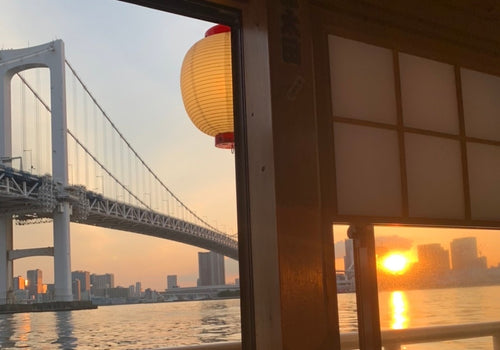
Night Cruises in Tokyo: Enjoy the City Views
Tokyo’s skyline is mesmerizing at any time, but experiencing it from the water on a night cruise adds a magical ...
-
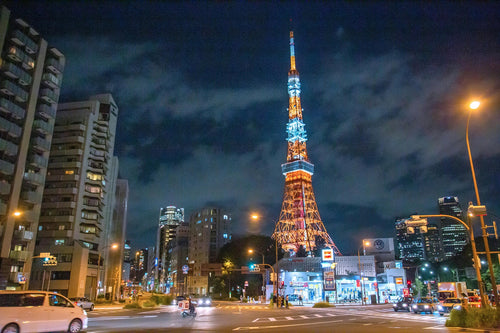
Roppongi Art and Nightlife Guide
Roppongi is one of Tokyo’s most vibrant districts, known for its lively nightlife, sophisticated art scene, and ...
-
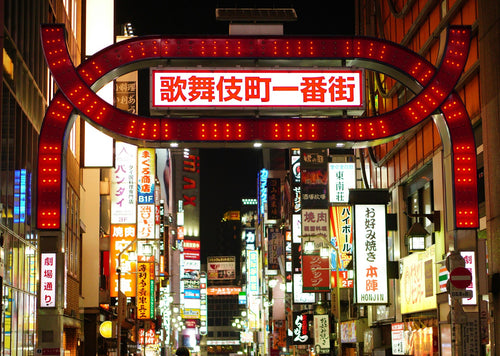
Nightlife Guide to Shinjuku Kabukicho
Shinjuku’s Kabukicho district, known as Tokyo’s “Sleepless Town,” is the center of nightlife in Tokyo. Renowned ...
-

6 Best Night View Spots in Tokyo
Tokyo at night is a breathtaking spectacle, with illuminated skyscrapers, iconic landmarks, and bustling streets that...
-

Top 12 Sake Breweries in Japan for Tasting and Tours
Japan’s sake culture is celebrated around the world for its depth, complexity, and rich history. Sake, or nihons...
-
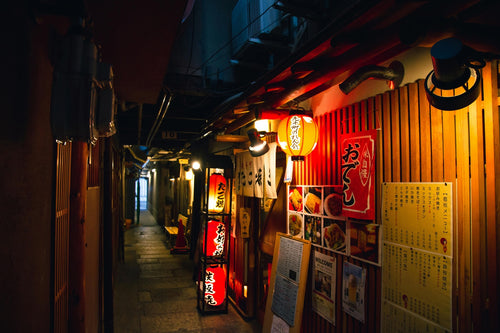
How to Enjoy a Night at a Japanese Izakaya
Japanese izakayas are casual, lively spots where locals gather after work to enjoy drinks, share small plates, a...
-

Exploring Karaoke Culture in Japan: 8 Best Places to Sing
Karaoke is an integral part of Japanese culture, offering a fun and entertaining way for friends, family, and even co...
-

5 recommended bars in Golden Gai
Golden Gai, nestled in the heart of Tokyo’s Shinjuku district, is one of the city’s most iconic bar districts. Known ...
-
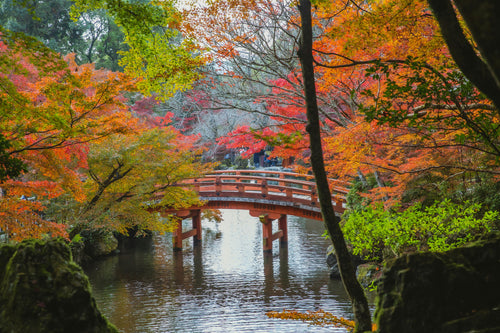
10 Japanese Gardens You Should Visit for Tranquility
Japanese gardens are renowned for their beauty, tranquility, and intricate designs that reflect harmony with nature. ...
-

Japan’s Kimono Heritage: Symbolism, Style, and Where to See
The kimono, Japan’s traditional garment, is a beautiful and symbolic representation of Japanese culture. From its int...
-

Etiquette Essentials for Visitors to Japan
Japan’s culture is rich in respect, politeness, and consideration, making etiquette an essential part of daily l...
-

7 Best Places to Discover Japan’s Samurai History
Japan’s samurai history is one of honor, skill, and deep cultural influence, stretching back centuries and leaving an...
-
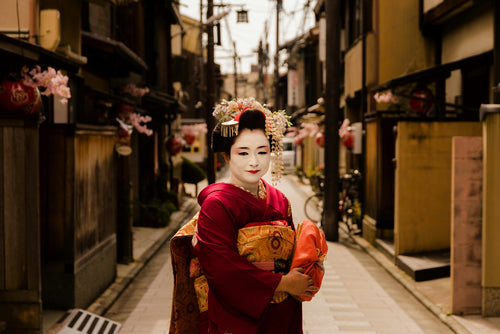
Geisha Culture in Japan: Myths and Realities
The world of geisha, Japan’s skilled performers and keepers of traditional arts, has long intrigued people around th...
-

Japan’s Unique Architecture: Top 8 Traditional and Modern Landmarks
Japan is renowned for its unique blend of ancient architectural heritage and cutting-edge modern designs. From c...
-
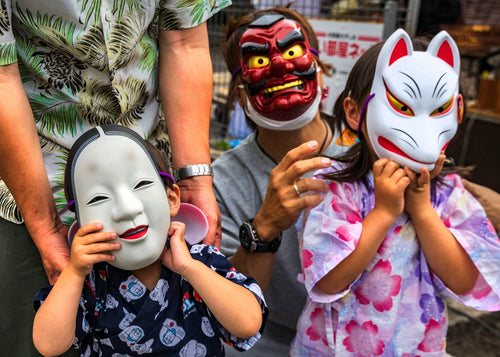
10 Traditional Japanese Festivals (Matsuri) You Can’t Miss
Japanese festivals, or *matsuri*, are vibrant celebrations of cultural heritage, featuring elaborate costumes, l...
-
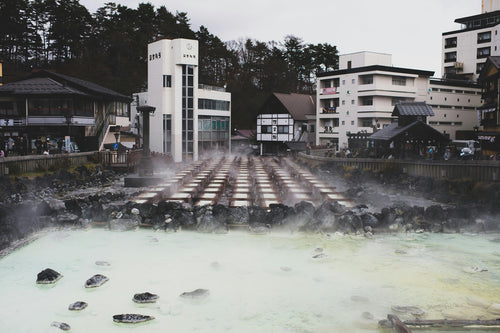
Japan’s Three Great Onsen: A Guide to Famous Hot Springs
Japan is famous for its natural hot springs, or *onsen* (温泉), offering visitors a unique opportunity to relax and rej...
-

Japanese Art Exploration: Best Spots to Enjoy Art in Japan
Japan is a country rich in artistic heritage, from centuries-old traditional crafts to modern, innovative instal...
-

Guide to Japan’s Fireworks Festivals: When and Where to Go
Japan’s summer fireworks festivals, known as "hanabi taikai" (花火大会), are among the most anticipated events in th...
-
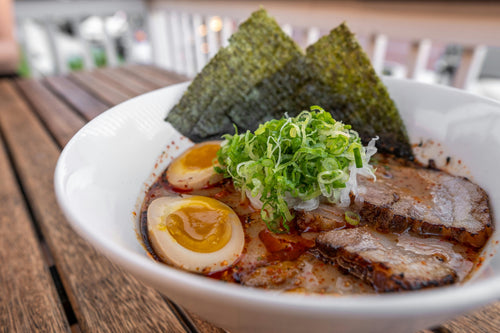
Where to Experience Ramen-Making Classes in Japan
Ramen is one of Japan’s most beloved dishes, with countless regional styles and flavors that attract food lovers from...
-
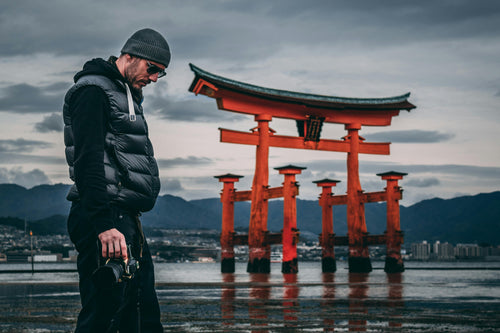
Power Spot Tours: Japan’s Famous Temples and Shrines
Japan is a land steeped in spiritual history, and visiting its temples and shrines provides not only a glimpse i...
-
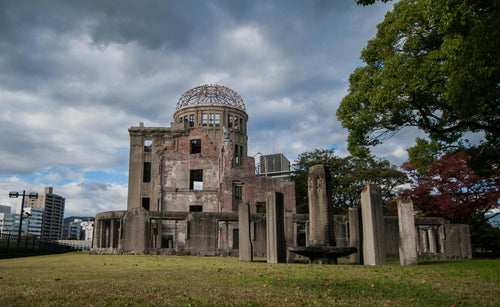
UNESCO World Heritage Site Tour Guide in Japan
Japan is home to numerous UNESCO World Heritage Sites, each offering a glimpse into the country’s rich cultural herit...
-

5 Famous Japanese Castles: History and Highlights
Japan is home to some of the most beautiful and historically significant castles in the world. Built during the feuda...
-

10 Unique Drinks to Try from Japanese Vending Machines
Japan is famous for its vending machines, offering an incredible variety of drinks that go beyond just soft drinks an...
-

Tokyo Market Guide: Exploring Tsukiji and Toyosu Markets
Tokyo's Tsukiji and Toyosu Markets are must-visit spots for food lovers and anyone interested in Japan’s rich culinar...
-
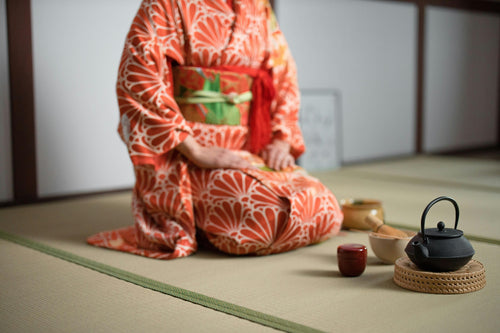
Experiencing Traditional Tea Ceremony in Tokyo
The Japanese tea ceremony, or "chanoyu," is a cultural experience steeped in tradition, aesthetics, and mindfulness....
-
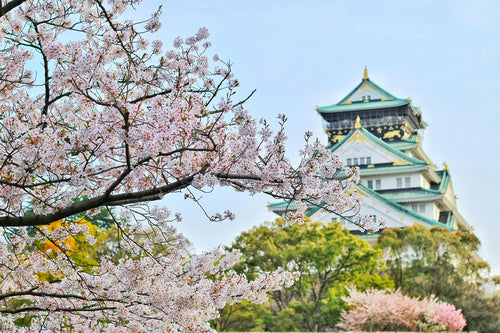
Top 7 Cherry Blossom Viewing Locations in Tokyo
Springtime in Tokyo is synonymous with the cherry blossom season, a breathtaking period when the city’s parks, rivers...
-
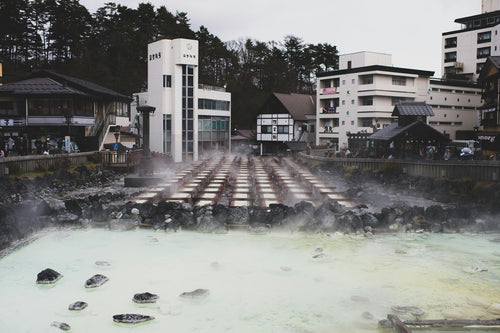
What is Onsen? A Guide to History, Benefits, and Etiquette
Onsen, Japan’s cherished hot spring culture, offers a unique blend of relaxation, scenic beauty, and deep-rooted trad...
-

What is Sake? Its Production Method and History
Sake is a traditional Japanese alcoholic beverage made from fermented rice. It has been enjoyed in Japan for over a t...
-

8 hot springs with beautiful scenery near Tokyo
Tokyo is a bustling metropolis, but just outside the city are some of Japan's most serene hot springs, or onsens, off...
-

Top 10 museum to visit in Tokyo
Tokyo is home to a diverse range of museums that cater to all interests, from art and history to technology and pop c...
-
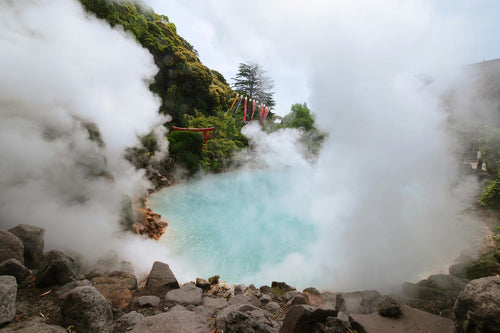
9 Best Hot Spring and Bathhouse in Tokyo
Tokyo is known for its vibrant urban energy, but it's also a fantastic place to relax and rejuvenate in hot springs (...
-
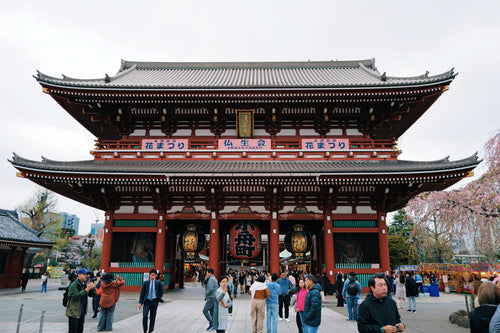
15 Famous Temples and Shrines to Visit near Tokyo
Tokyo and its surrounding areas are home to many famous temples and shrines that showcase Japan's rich spiritual and ...










































